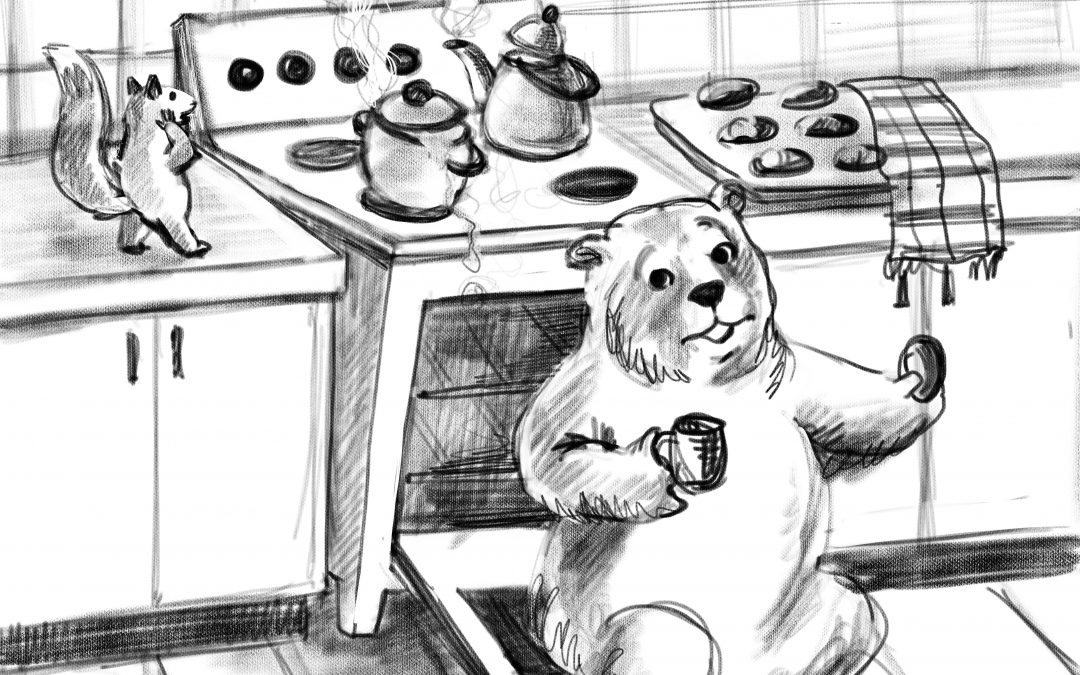A kitchen range inspection can reveal a significant safety issue that I commonly find during inspections in the Houston area .
Ranges are a combination oven and cook top and are normally freestanding appliances fueled by natural gas or electricity. The oven portion has a door that is hinged on the bottom and opens. This door is where our safety issues arise.
The door, when open, acts as a lever and will cause the appliance to tip. When there are hot liquids on the cook top, any tipping may result in the hot pots and there contents to spill on to the open door.
According to the United States Consumer product Safety Commission, there are 1,700 annual appliance tip over incidents resulting in injury in the United States. The fatalities in these incidents, 13 between 2000 and 2008, mostly involve children under the age of 10.
Range tip incidents in general happen with two distinct age groups. Elderly persons or young children are most affected by range tip injuries and deaths.
A seasoned citizen leaning on the open oven door for support is the most common incident type for this age group. An unsecured range then allows the hot objects to slide and injure.
The incidents with small children are from a common enemy of cats and children, curiosity. A child will open the oven door and use it as a climbing platform. The resulting tip over event can be fatal in many different ways.
My goal as a home inspector is primarily home safety.
Make sure your freestanding cooking appliances are properly secured with anti-tip devices installed.
Most anti-tip devices for cooking appliances are brackets that install behind the range. This bracket will engage the appliance and prevent tipping when properly located and adjusted.
To check if it is in place, simply slide the range out a few inches and look behind the appliance. You should see a metal bracket attached to the floor or wall.
If you don’t, get one installed as soon as possible.
If one is present, you will still need to make sure it is effective.
Slide the range back into place and gently tilt it forward. If the bracket stops the tilt after with an inch or two of tilt, it is doing its job. If not, you will need to correct the deficiencies to make the appliance safe for your family.


Recent Comments